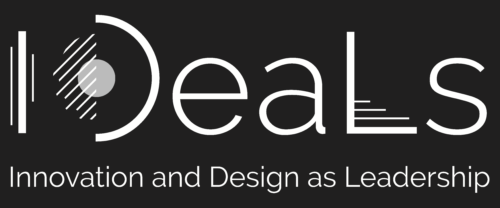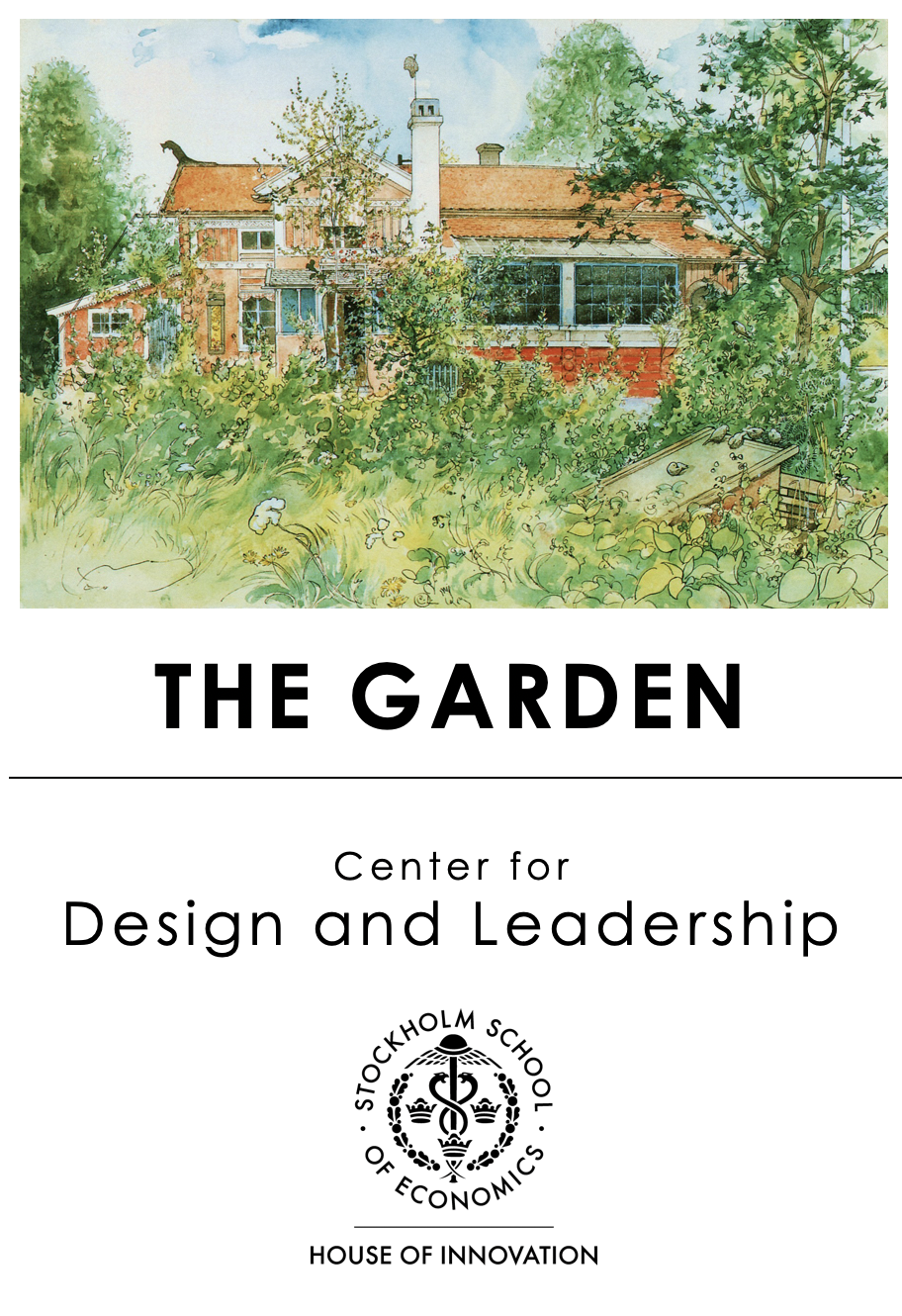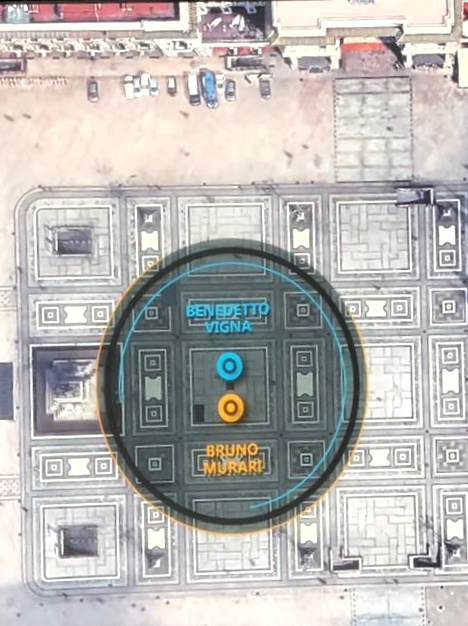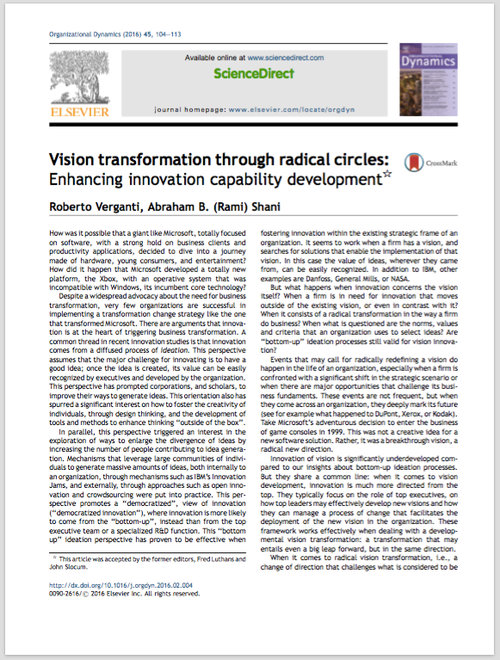Leadership.
It's time to rethink leadership
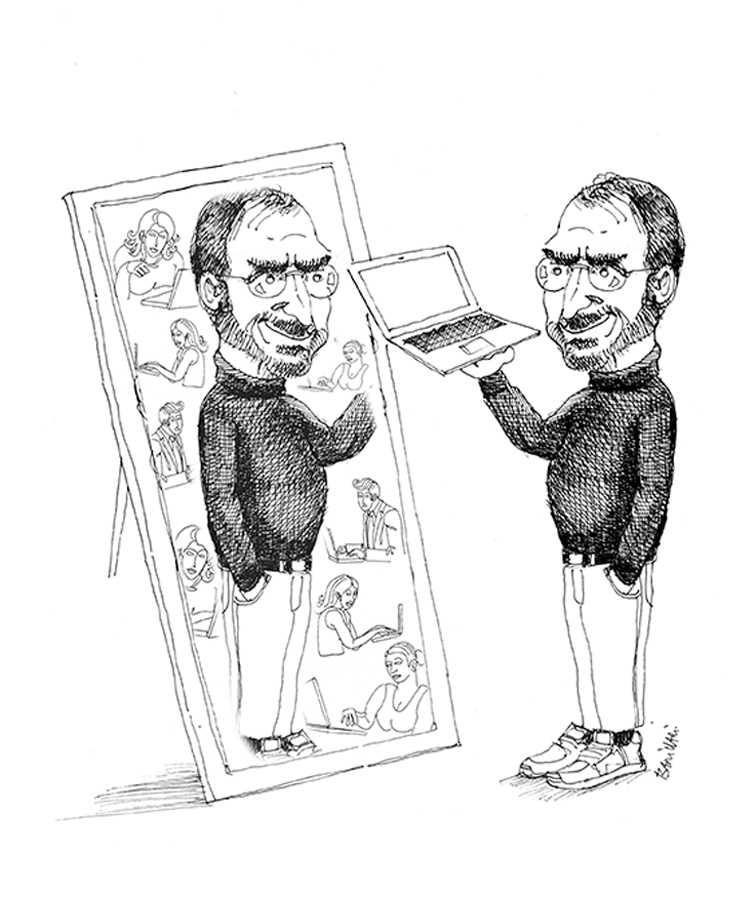
Leadership has never been as relevant as today. In this world overcrowded by opportunities, innovation and growth are more a matter of finding direction (a leadership practice) rather than finding one more solution. Now, as never before, leaders have the unprecedented chance to make deep impact. To radically transform businesses and society. To blossom as humans by helping people grow, inside and outside their communities.
Yet, leadership as never been as challenging as today. The world we see is so different than the past: businesses focus not only on profit, but on purpose; people increasingly search for meaning in what they do; and they want to participate, to be listened.
But they also feel lost and overwhelmed in front of the overflow of options and information, mixed with continuous change.
In this new world traditional leadership frameworks do not hold anymore. We study and develop pioneering processes to practice the new art of leadership. Inspired by design, meaning, and participation.
For leadership is a science to explore together, and an art to love.
How can we create a meaningful vision?
Leadership through Meaning
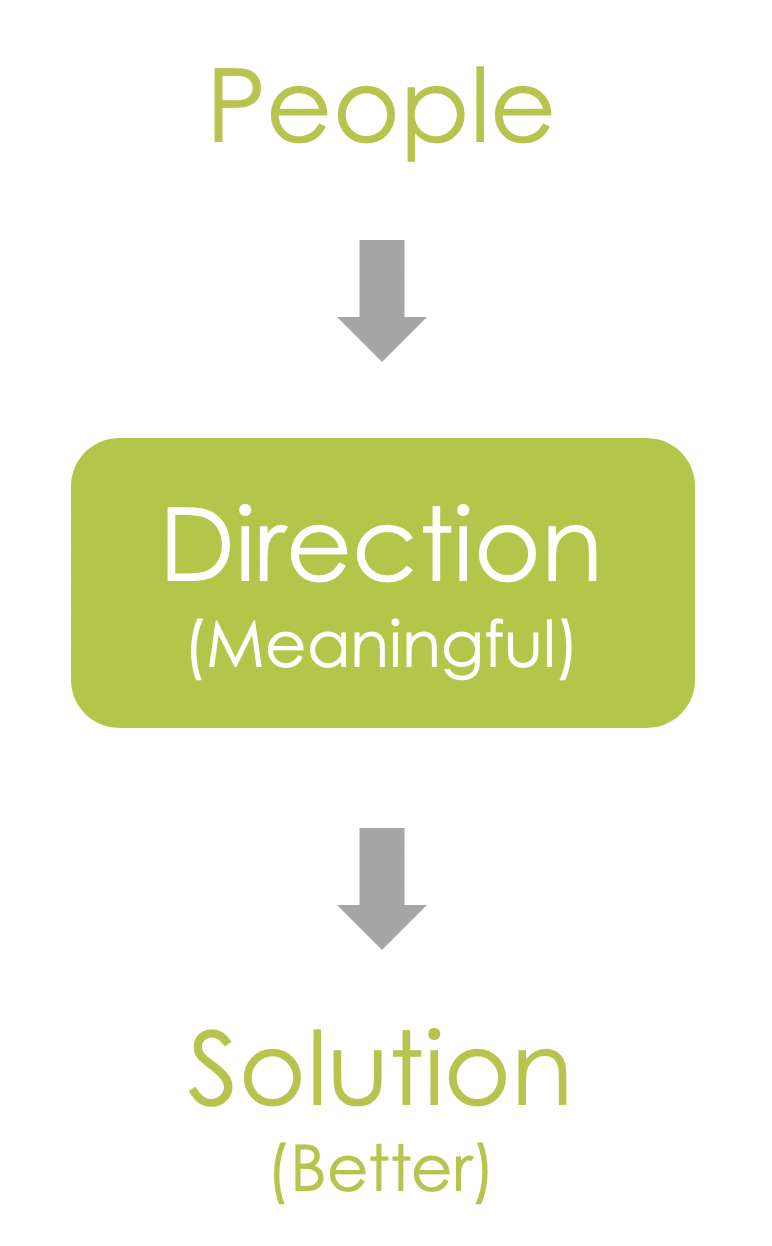
Most people agree that leadership is ultimately about finding direction. Setting a vision.
The challenge nowadays is that finding direction is one of the most complex endeavour ever. Not only because the world keep changing, and therefore we are constantly asked to redefine where to go. But also because the options in front of us are not scarce, they are plentiful. How to practice leadership today? How to envision a direction that is meaningful for us and for others in a confused world that keeps changing?
We have been addressing this challenge through years of research, and by working with leaders who have been pioneered new practices. A significant part of what we learned, and the methods we developed, are narrated in my book "Overcrowded". There I illustrate how to nurture new meaningful visions: how to start from ourselves, offering people what we believe is meaningful. Because leadership, ultimately, is like making gifts. At the same time, I show how to reframe what we see, to avoid being stuck in ourselves and in an old direction. Most of all, our findings show how to build a vision together, so that everyone finds it meaningful.
We keep seeking and pushing our explorations forward. So stay tuned.
"The Innovative Power of Criticism" on the Harvard Business Review →
How to engage people in transformation?
The IDeaLs Research Platform
If nurturing a direction is the first major challenge of leadership today, the second challenge is definitely people engagement.
This challenge is so relevant, that we have launched in 2018 a new research platform: IDeaLs (Innovation and Design as Leadership). Here, we explore new ways to engage people to make transformation happen. Our perspective is based on three pillars. People are engaged when (1) they find meaning in a direction; (2) they participate in its creation, even if each one in a small part (what we call "texturing"), and (3) if they participate by actually making things instead of just listening (a design perspective). To enable engagement of large number of people we explore the potential of digital tools.
IDeaLs brings science into action. It joins researchers, thought leaders and leading organizations (Adidas, Adobe, Leonardo, Nestlé, Philips, Sasol, Sintetica, Sorgenia, Stef, Stolt with the partnership of the Center for Creative Leadership), to create tools that spark change and deliver impact. This is a research platform, i.e. a multi-year program, with continuous experiments and creation of new tools.
The IDeaLs Research Platform →
Can we reinvent leadership, together?
The Garden - Center for Design and Leadership
At the Stockholm School of Economics, together with Mattia Bianchi, we are exploring a new way to think about leadership: through design.
We believe that traditional leadership models are unsuitable to address the pressing challenges of our new world. And study whether design can provide a path towards the new art of leadership. With a strong collaboration with the Art Initiative of SSE.
The Garden is a space where leaders, students, scholars of different disciplines join forces to reinvent leadership at its roots.
The Garden - Center for Design and Leadership →
How do we grow?
The power of pairs
If we dig into many stories of entrepreneurship and transformation, we discover that at the core lays the relationship between two people: Jobs and Wozniak, Gates and Allen, Spiegel and Murphy, Noori and Porcini.
Why? Why transformation is often led by a pair? Why do innovative leadership is achieving greater results when in two?
Transformation requires three elements: imagination (which comes from individuals), resources (which come by teams and communities, the more the better), but also an intimate space (which is created when in two).
Creating an intimate space with a sparring partner enables to share half backed unorthodox ideas in a safe environment, enables to reflect critically with someone who want us to grow, and enables to be resilient in front of the inevitable failures of innovation.
Any leader of transformation should nurture an intimate space with a sparring partner. We are investigating how this happens.
The earlier results of this research have been the subject to the exhibition "Genio and Impresa" (Genius and Entrepreneurship"), that celebrated the fifth centenary of the death of Leonardo da Vinci. We investigated how the genius of Leonardo benefited from the relationship with Ludovico il Moro, the Duke of Milan at that time, and how breakthrough innovations still happen today thanks to the collaboration between two people.
Pairs in innovation. Early findings →
How can you radically transform a business?
Radical Circles
How to successfully transform a business?
I've been intrigued by many stories of breakthrough change in organizations. Take for example Microsoft's creation of the Xbox in 2000. How was it possible that a giant like Microsoft, totally focused on software, with a strong hold on business clients and productivity applications, decided to dive into a journey made of hardware, young consumers, and entertainment, with a platform whose operative system was even incompatible with Windows, its core technology? In my studies I have discovered that the story of the Xbox, and many cases of radical business transformation resembles the typical dynamics of breakthrough movements in art and science, such as the impressionism or the Viennese school of psychology: the key role is played by a small circle of radical thinkers, i.e. a Radical Circle.
A Radical Circle is a small group of peers, not formally related in the organization, who feel a malaise with the current business direction and voluntary start a new journey. Rather than approaching top executives to propose their idea (their pitch would hardly succeed since their initial blurred vision would have few chances to be recognized and supported), these radicals engage in a voluntary quest (under the radar) for a while. They act as sparring partners, and most often they challenge each other, in the search for a strong proposition. Once they emerge, their vision is so robust and powerful to stand the harsher opponents, and it is more easily grasped by others.
My studies unlock how Radical Circles succeed in business transformation, and how you can create your own.
Framework for Radical Circles →

